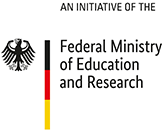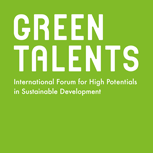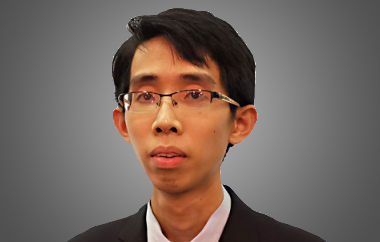PhD in Chemical Engineering
Current position: Lecturer at Universiti Teknologi Petronas (UTP), Malaysia
Research focus: adsorbents and membranes for gas separation
To reduce the emission of greenhouse gases (GHG), different techniques have been developed to capture these gases. The main focus of Chong Yang’s research is the utilisation of adsorbents and membranes to achieve effective GHG capture (CO2 and SF6). These technologies demonstrate lower energy penalty as compared to conventional processes (e.g., cryogenic distillation, amine scrubbing, and liquefaction).
To allow effective GHG adsorption, it is required to select appropriate adsorbents. Under realistic operation, gas adsorption is conducted under dynamic flow condition, where the feed gas is flowing continuously throughout the operation. Therefore, effective diffusion of GHG towards the available active sites present in the adsorbents plays a pivotal role.
To improve the kinetics of gas adsorption, Chong Yang has focused on the development of porous materials that have hierarchical structures (with both microporous and mesoporous domains). It has been observed that the creation of mesoporosity allows an increased accessibility of GHG towards the available active sites in the adsorbents. Chong Yang has been involved in the creation of hierarchical zeolites, metal-organic frameworks (MOF) and porous polymer networks (PPN). All results indicated that an enhancement of the adsorption kinetics can be observed compared to adsorbents with only microporous domains.
Chong Yang is also working on the potential utility of adsorbents in multi-component gas adsorption processes by involving other impurities (e.g., water vapour, H2O) to mimic industrial post-combustion carbon capture process (which are mainly composed of carbon dioxide, CO2 and nitrogen, N2). In general, during the gas adsorption process, competitive adsorption between CO2 and H2O towards the available active sites in the adsorbent is commonly encountered. Investigating multi-component gas adsorption processes under repetitive adsorption-desorption cycles in humid condition is highly desirable to verify the adsorbents’ capability under such conditions.
In addition to this, Chong Yang is also involved in the development of high-performance membranes, such as mixed-matrix membranes and hollow fibre membranes for the gas separation process.
The jury especially valued Chong Yang’s research on this new and innovative method of capturing greenhouse gases together with the efforts in investigating the gas separation performance under practical operating conditions.
Take a look at this video that briefly introduces Chong Yang and his research:






